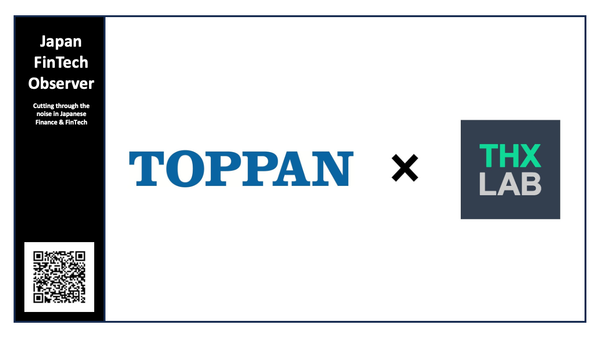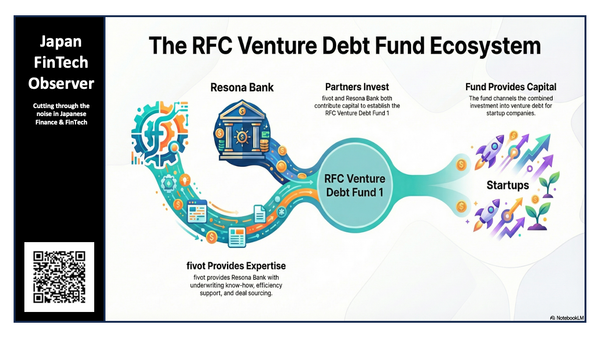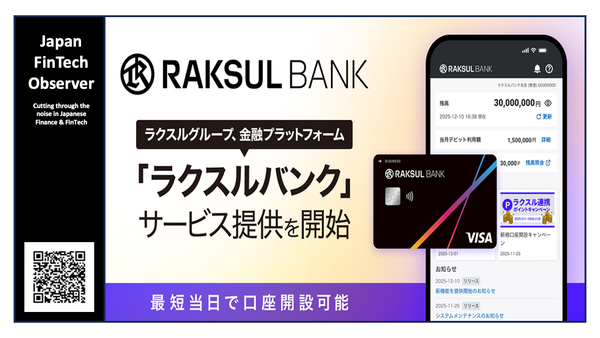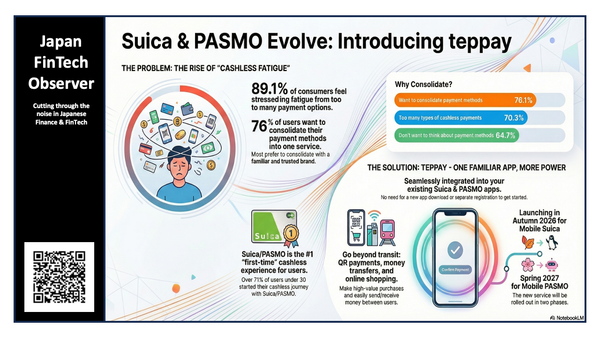The DCC's Report on a Fully On-chain Settled, Tokenized MMF in Japan
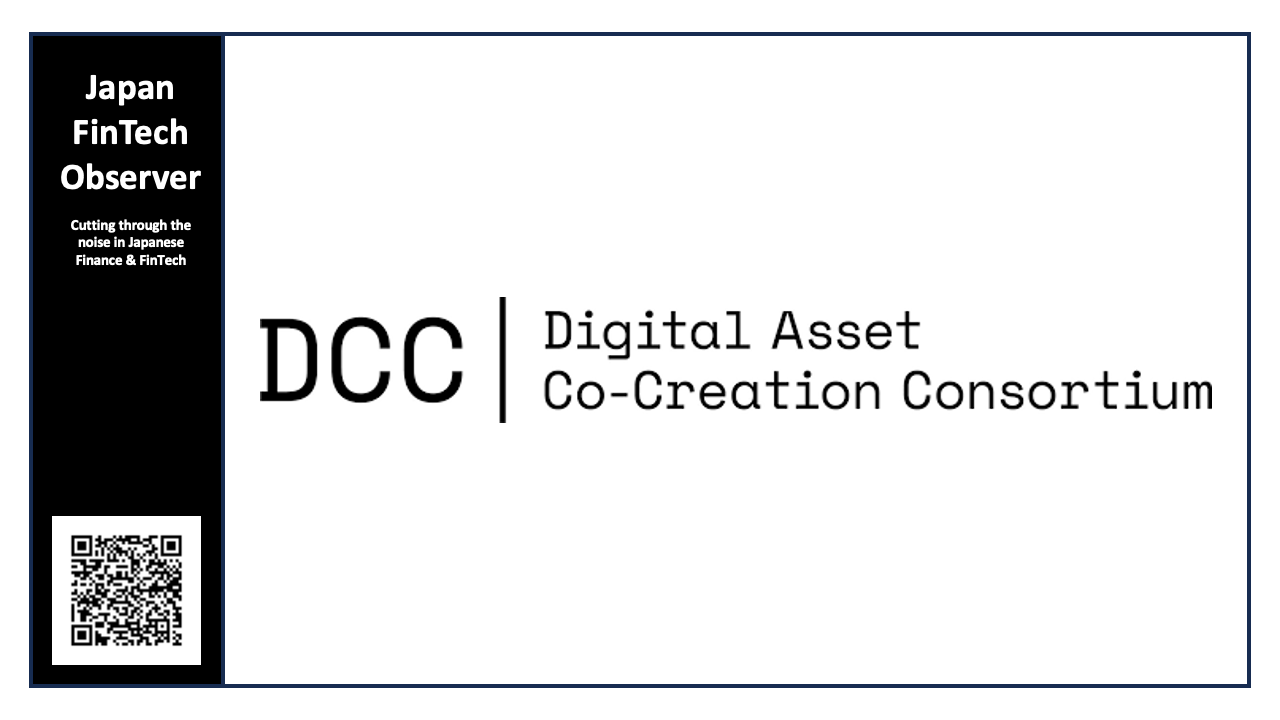
The Digital Asset Co-Creation Consortium (DCC) has unveiled a detailed blueprint for launching a fully on-chain settled, tokenized Money Market Fund (MMF), aiming to bridge Japan's established financial markets with the rapidly expanding global digital asset ecosystem. The report, authored by the DCC's "On-Chain Settled Security Token (ST) Working Group", provides a candid and exhaustive analysis of the opportunities and the significant legal hurdles involved in creating a Japanese equivalent to successful global products like BlackRock's BUIDL fund.
The DCC, a 315-member organization spearheaded by digital asset platform provider Progmat, represents a formidable cross-section of Japan's financial and technology industries, including major banks, securities firms, asset managers, and tech consultants. Their report signals a concerted effort by Japan's financial incumbents to move beyond nascent, retail-focused security tokens and build institutional-grade infrastructure for what it terms "on-chain finance."
The Diagnosis: A Bifurcated Market Ripe for Integration
The report begins by painting a picture of a Japanese security token market that, while growing, remains fundamentally disconnected from the on-chain world. As of late 2025 projections, the domestic market for publicly offered security tokens is expected to reach Assets under Management (AuM) of ¥518.9 billion (approx. $3.5 billion), with a cumulative issuance value of ¥262.8 billion. However, this market is overwhelmingly dominated by a single asset class: tokenized real estate, which accounts for 73.5% of deals by number and a staggering 88.6% by value.
These products have primarily been structured for retail investors seeking alternative investments, operating within the traditional securities framework. This has created an ecosystem that is distant from the crypto-native environment of decentralized finance (DeFi), stablecoins, and non-custodial wallets. Institutional participation remains nascent, and the market for more liquid, debt-like instruments is comparatively underdeveloped.
In stark contrast, the report highlights the explosive growth of tokenized MMFs globally, with total value locked exceeding $7.2 billion—a 313% increase year-over-year. Products like BlackRock's BUIDL and Franklin Templeton's BENJI have found significant traction, not with retail investors, but with crypto-native treasuries, stablecoin issuers, and institutional players seeking a stable, yield-bearing, on-chain asset for cash management and collateral.
The core value proposition of these global tokenized MMFs is threefold:
- Value Preservation & Yield: Providing a stable store of value that generates returns, unlike non-interest-bearing stablecoins.
- Instantaneous Exchange: Offering seamless, 24/7 swaps with high-liquidity stablecoins.
- Transparent Collateral: Serving as a highly transparent and robust backing asset for stablecoins and other on-chain products.
The DCC’s conclusion is clear: by launching a Japanese tokenized MMF, the domestic market can attract a new and substantial pool of capital from the "on-chain investor base." This would not only create a new product category but also forge a crucial link in the national investment chain, channeling on-chain capital through the MMF into core underlying assets like Japanese government bonds and bank deposits.
The Blueprint: Architecting a Japanese Tokenized MMF
The working group's report moves from diagnosis to a detailed technical and legal prescription for constructing a Japanese tokenized MMF. This involves a careful selection of a legal vehicle (SPV) and the design of an entirely new operational flow.
The Challenge of the Legal Wrapper
The choice of SPV is critical. The report analyzes several options and quickly dismisses the structures used for existing real estate security tokens, such as the "Specified Beneficiary Certificate Issuing Trust" (特定受益証券発行信託). These trusts are designed for passive management of a specific asset and are legally restricted from the kind of active trading and management of a portfolio of government bonds that an MMF requires.
The report concludes that the only viable legal structure under current Japanese law is an "Investment Trust" (投資信託), specifically a "Public and Corporate Bond Investment Trust" (公社債投資信託). This vehicle is explicitly designed for the continuous management of a securities portfolio.
However, this choice introduces the single greatest obstacle identified in the entire report: the "physical certificate requirement" (券面問題). Under Japan's Act on Investment Trusts and Investment Corporations, the transfer of a beneficial interest in an investment trust legally requires the physical delivery of a certificate. This antiquated requirement is fundamentally incompatible with the concept of a purely digital, on-chain token that can be transferred instantly between wallet addresses anywhere in the world. This legal friction point becomes the central theme of the report's problem-solving efforts.
Proposed Operational Scheme
Assuming the certificate problem can be solved, the report outlines a modern, direct-to-investor operational model.
- Issuer & Onboarding: An asset management company would serve as the primary issuer (as the Settlor and Initial Beneficiary). Instead of relying on traditional securities brokerage networks, it would offer the tokenized MMF directly to investors via a dedicated "Direct Sales App/Web Portal."
- Wallet Flexibility: The architecture is designed to accommodate two types of investors. Institutional or retail clients preferring a traditional setup could use a custodial wallet, where a licensed entity (like a trust bank or securities firm) manages the private keys on their behalf. More sophisticated, on-chain native users could use their own non-custodial wallets (e.g., MetaMask), giving them direct control over their assets.
- Key Roles: The scheme involves several parties:
- Asset Manager (Issuer): Manages the MMF portfolio, operates the direct sales channel, and acts as the "Beneficiary Rights Handling Agent."
- Trustee (Trust Bank): Holds the underlying assets (government bonds, cash) in trust.
- Security Token Custodian: For investors choosing the custodial option, this entity safeguards the tokens (private keys).
- Transfer Agent: A functional role responsible for processing transactions and updating the beneficiary ledger, which runs parallel to the on-chain record.
The entire primary issuance and secondary transaction flow is envisioned to occur on-chain, settled using a stablecoin (SC) for payments, enabling 24/7, near-instantaneous Delivery versus Payment (DvP).
Navigating the Regulatory Labyrinth: From Workarounds to Reform
The most substantive section of the report delves into the myriad regulatory challenges and proposes specific solutions, categorizing them into short-term workarounds and a long-term call for fundamental legal reform.

